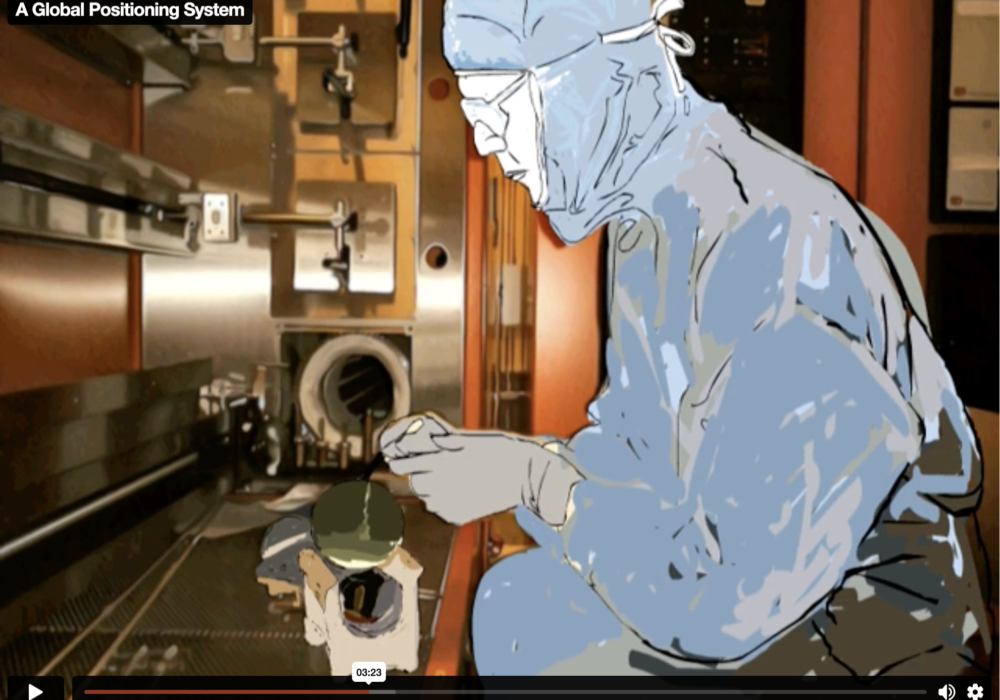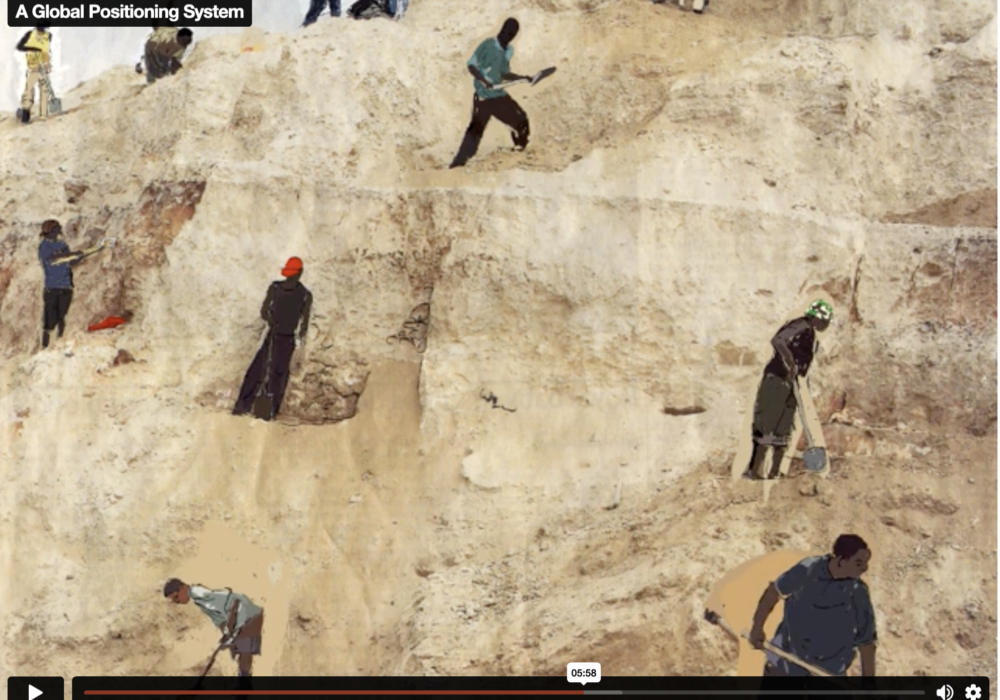
followthethings.com
Electronics | Home & Auto
“Red Dust“
A documentary film directed by Karin Mak in Mandarin and Sichuanhua with English subtitles
Trailer embedded above. Watch in full on Labournet TV here. Website here.
A woman called Ren leaves beautiful rural Sichuan, China to work in a nickel-cadmium rechargeable battery factory in the city of Huizhou. Thousands of women like her do this. It’s an exciting opportunity to life yourself and your family back home out of poverty. But it creates the kind of pool of surplus cheap labour that attracts foreign investors. After years working at a GP factory making batteries for Wa-Mart, Mattel and Toys R Us, Ren and her workmates have been poisoned by the red cadmium dust in the air. They aren’t told that there’s a risk that this could poison their internal organs, leave them breathless, give them frequent headaches and cause them to endure chronic pain. There’s no protective equipment. This poisoning affects what they can do with their lives, including whether it’s safe to have children. And the medicines are expensive, especially when your pay is so low. There’s a striking contract here between disposable workers and reusable batteries. Chinese female workers have historically been stereotyped as quiet and passive, but Ren and her workmates behave assertively in response to what’s happened to them. This is what attract’s American filmmaker Karin Mak to their story. She follows Ren and her friends Min, Fu and Wu as they find out more about cadmium poisoning, gather evidence and demand justice from local government and the battery manufacturer. What’s distinctive about this film is that it’s an early example of trade justice documentary filmmaking that humanises Chinese workers, and shows their resistance to the low pay and dangerous working conditions that are so well known otherwise. It doesn’t start from a consumer perspective. And it asks its viewers to take action, not as consumers but as citizens who can write to GP batteries. The text of the letter can be copied from the film’s website. This is Karin Mak’s thesis film, part of her studies in social documentation at the University of California, Santa Cruz. She’s the filmmaker who worked with SACOM to make their Those With Justice film (on our site here) three years previously. She’s not making this for mainstream consumption. She’s not worrying about its funding. She wants to portray these women’s struggles vividly and sympathetically.
Page reference: Alex Alonso, David Tagle and Jennifer Reis (2011) Red Dust. followthethings.com/red-dust.shtml (last accessed <insert date here>)
Estimated reading time: 15 minutes.
Continue reading Red Dust








